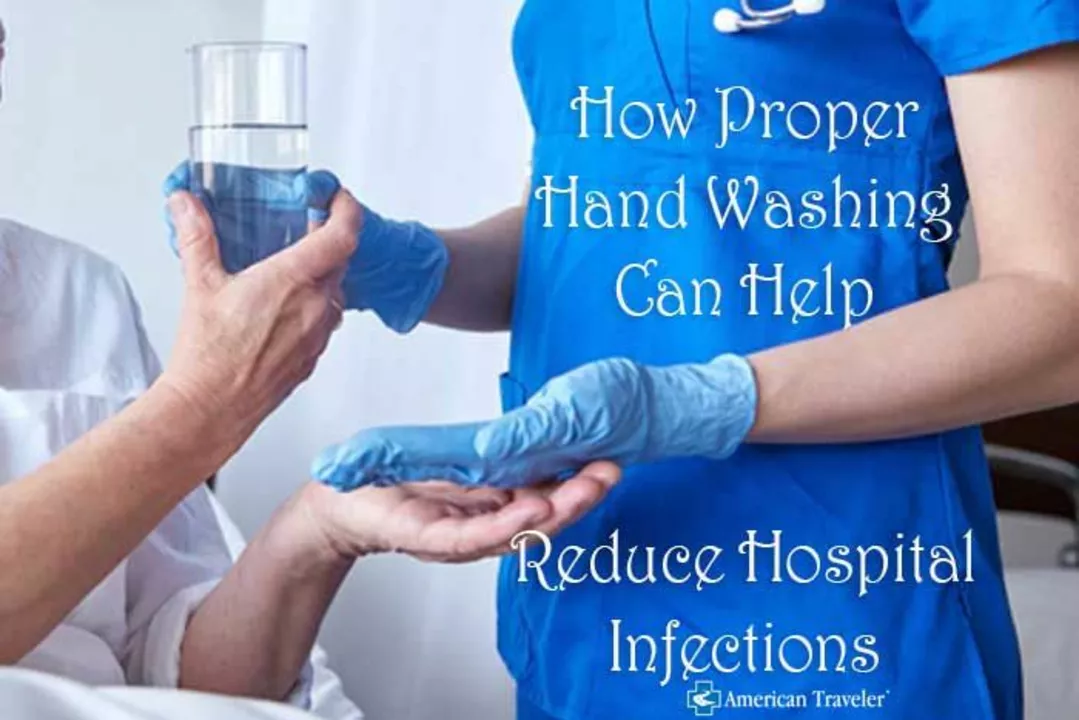Hospital-acquired infections: what they are and why they matter
Hospital-acquired infections (HAIs) are infections you pick up during a hospital stay or a recent medical procedure. They can come from IV lines, catheters, breathing tubes, or even surgery sites. These infections slow recovery, add extra treatments, and sometimes cause serious complications. Knowing the common types, clear warning signs, and simple prevention steps can cut your risk a lot.
Common types and what to watch for
Some HAIs are more common than others. Surgical site infections show redness, warmth, pain, or pus near an incision. Catheter-associated urinary tract infections can cause fever, burning, or cloudy urine. Central line infections may cause fever, chills, and redness where the line enters the skin. Ventilator-associated pneumonia brings cough, fever, and breathing trouble. If you notice new fever, increasing pain, drainage, or confusion while in hospital, tell staff right away.
Doctors use different antibiotics depending on the bug and where it is. For tough infections they may use drugs like linezolid or ciprofloxacin in certain cases, but each drug fits specific bacteria and situations. Overuse of antibiotics breeds resistance, so hospitals try to match the right drug, dose, and duration to avoid harm.
Practical prevention steps for patients and families
Hand hygiene is the simplest, most effective step. Ask staff and visitors to wash hands or use sanitizer before touching you. Keep dressings clean and dry, and speak up if a dressing looks loose or wet. If you have a catheter or IV, ask daily whether it can be removed—many devices stay longer than needed and raise infection risk.
Other things to do: follow pre-op shaving and shower instructions, avoid shaving near surgical sites, and make sure breathing exercises or mobilization plans are followed after surgery. If you’re on a ventilator or have a central line, ask the care team how they prevent infections and whether they follow checklists during procedures.
When antibiotics are prescribed, ask why it’s needed, which drug is chosen, how long you will take it, and what side effects to watch for. This helps you understand risks and supports antibiotic stewardship—using antibiotics only when they’ll help.
Hospitals have infection control teams that track infections, test bacteria, and update prevention rules. If you’re worried about cleanliness or a possible infection, contact that team or ask to speak with the nurse manager. Families should feel comfortable asking questions—staff expect it and it can prevent problems.
Finally, if you leave the hospital and get a fever, worsening pain, redness, pus, or shortness of breath within a few weeks, seek care quickly. Early treatment limits complications and helps the medical team pick the right tests and antibiotics. Knowing the signs and speaking up are two of the best defenses against hospital-acquired infections.
The role of clavulanate in treating hospital-acquired infections
As a blogger, I've recently come across the significant role of clavulanate in treating hospital-acquired infections. Clavulanate is a powerful beta-lactamase inhibitor that is often combined with antibiotics like amoxicillin to increase their effectiveness against resistant bacteria. This combination helps to overcome the problem of antibiotic resistance in many hospital-acquired infections, including pneumonia and urinary tract infections. Additionally, clavulanate offers a broad-spectrum solution, effectively treating a wide variety of bacterial infections. It's truly fascinating how this mighty compound has become an essential weapon in our ongoing battle against antibiotic resistance in hospitals.

